growing hawaiian papaya in southern california
zipper1111
10 years ago
Featured Answer
Sort by:Oldest
Comments (23)
hoovb zone 9 sunset 23
10 years agolast modified: 9 years agoRelated Professionals
Forest Park Landscape Architects & Landscape Designers · Severn Landscape Architects & Landscape Designers · Springfield Landscape Contractors · Englewood Landscape Contractors · Hawthorne Landscape Contractors · Holland Landscape Contractors · Lynwood Landscape Contractors · Miller Place Landscape Contractors · Washington Landscape Contractors · Hawaiian Gardens Landscape Contractors · Jacksonville Swimming Pool Builders · South Miami Heights Swimming Pool Builders · Auburn Window Contractors · Emeryville Window Contractors · Seattle Window ContractorsSarah-Elena Widrig
8 years agostanofh 10a Hayward,Ca S.F. bay area
8 years agotim45z10
8 years agostanofh 10a Hayward,Ca S.F. bay area
8 years agolast modified: 8 years agoLars
8 years agoNick Nema
6 years agochachacharlie
6 years agolast modified: 6 years agostanofh 10a Hayward,Ca S.F. bay area
6 years agoscott
3 years agoscott
3 years agostanofh 10a Hayward,Ca S.F. bay area
3 years agostanofh 10a Hayward,Ca S.F. bay area
3 years agostanofh 10a Hayward,Ca S.F. bay area
3 years agoAydan Kelly
3 years agoGerry Tallman
2 years agostanofh 10a Hayward,Ca S.F. bay area
2 years agoHU-607398273
2 years agoHU-820524591
2 years agoKaty Kat Yung
2 years agoDavi Rodrigues
last yearlast modified: last yearHU-155095411
8 months ago
Related Stories
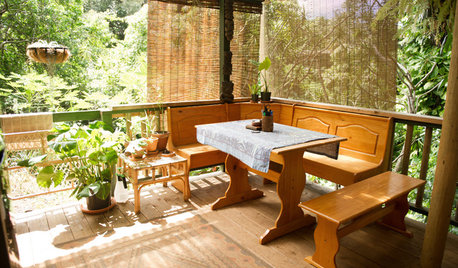
HOUZZ TOURSMy Houzz: A Surf Shack in a Hawaiian Jungle
This Maui artist’s compact home makes room for plenty of creative thinking
Full Story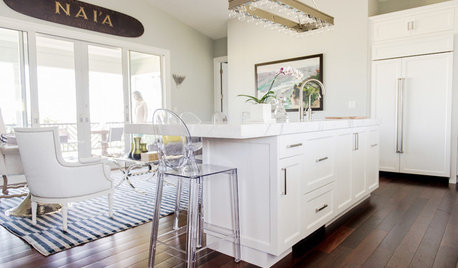
TROPICAL STYLEMy Houzz: New York Chic and Laid-Back Hawaiian Style on Maui
A relocating New Yorker designs an island home influenced by her former city life
Full Story
GARDENING GUIDES8 Plants That Snobs Love to Hate — and You'll Love to Grow
Don't dismiss these common annuals, perennials and shrubs — there are reasons they've been popular for so long
Full Story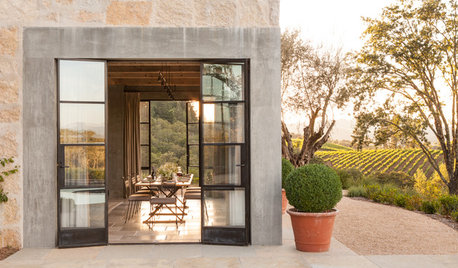
RUSTIC STYLEHouzz Tour: A California Country Home With a French Accent
A new house mixes modern touches with the timeless beauty of stone walls, rustic doors, old olive trees — and vineyards all around
Full Story
REGIONAL GARDEN GUIDESCalifornia Gardener's March Checklist
Give natives and tropicals a well-deserved spotlight — plus, discover an easy herb that keeps on giving
Full Story
ARTShow News: Rare Quilts Get Museum Time
See 6 intricate designs from a California exhibition and get tips for building your own quilt collection
Full Story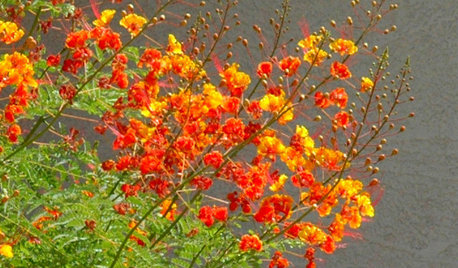
GARDENING FOR BUTTERFLIESGreat Design Plant: Red Bird-of-Paradise Soars With Color
Fiery bursts of red-orange flowers bring hot summer gardens to life, while this shrub's drought tolerance keeps the living easy
Full Story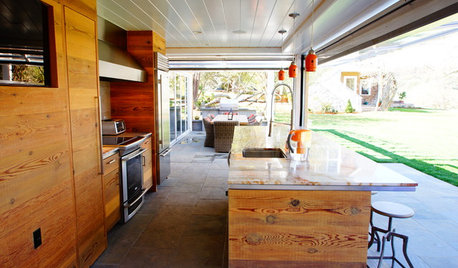
GARDENING AND LANDSCAPING3-Season Rooms: An Open and Shut Kitchen Case
Contained one minute and open to the outdoors the next, this California kitchen is decidedly versatile
Full Story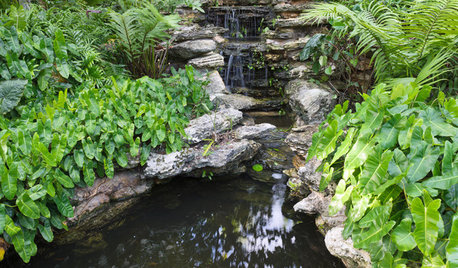
LANDSCAPE DESIGNRecipe for Tropical Edible Garden Style
Appeal to exotic good taste with fruit trees, palms and tropical look-alikes in your temperate-climate garden
Full Story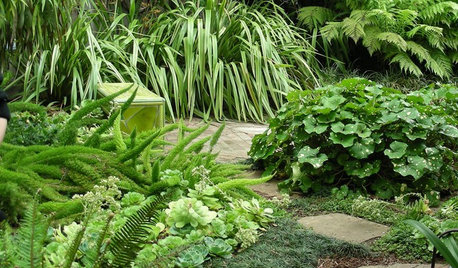
PLANTING IDEAS8 Sumptuous Shade Garden Plant Combinations
Enjoy these plant combinations made for spots with varying levels of shade and different garden zones
Full StoryMore Discussions






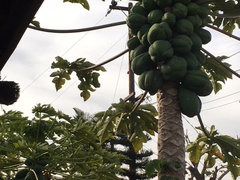
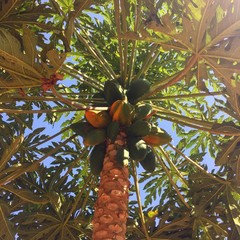


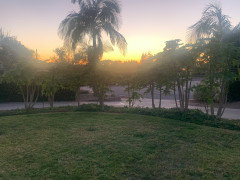
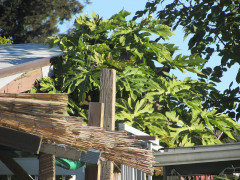
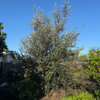
stanofh 10a Hayward,Ca S.F. bay area